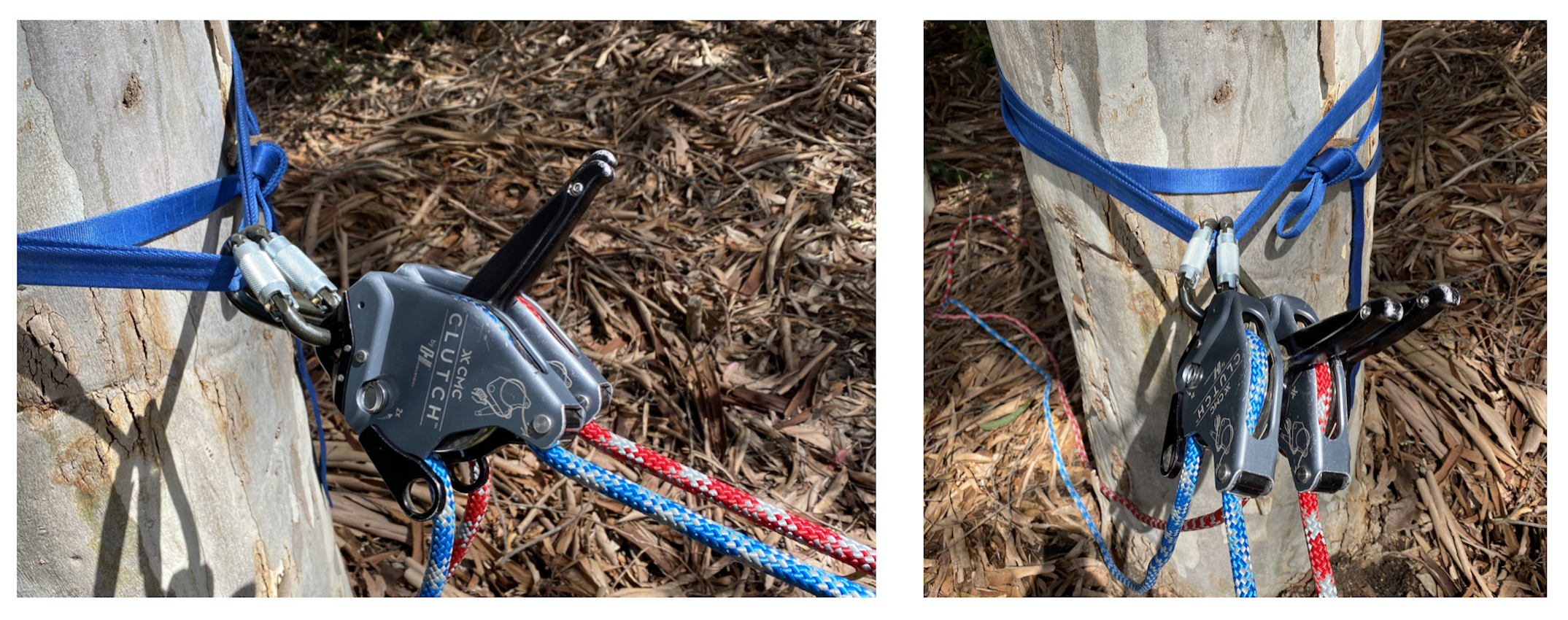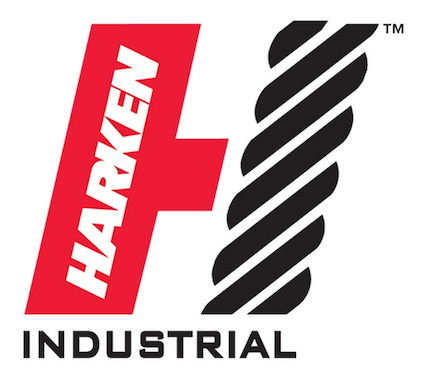The standard model for dual rope rescue systems, for many decades now, has always been the Dedicated Main/Dedicated Belay (DMDB) method. An alternative method that has seen broad adoption over the last few years is the Twin Tension Rope System or TTRS. The fundamental difference between DMDB and TTRS is that with the former the ‘main’ line supports virtually the entire system load & the ‘belay’ line is at line weight tension (only coming into play in the event of a main line failure). The TTRS method means there is no specific ‘main’ or ‘belay’ line, rather both ropes support approximately half the system load.
A byproduct of the TTRS method is the ‘mirroring’ of descent control devices, to the point where one operator controls both & a second operator ‘tails’ the two standing parts of rope. The CMC Clutch was partly designed around the principle of being mirrored & displays this in the very flat body profile, so that two Clutch’s can be stacked together & controlled by one operator holding both handles. A very neat way of orienting two Clutch’s (or in fact other descent control devices such as the Petzl I’D or Skylotec Sirius) so they are sides together is by using two CMC DNA carabiners, all connected into the same anchor sling or rigging plate. The DNA carabiners change the orientation of the devices through 90 degrees & create an ideal TTRS rig.
Written by Bill Proctor
14 October 2022










